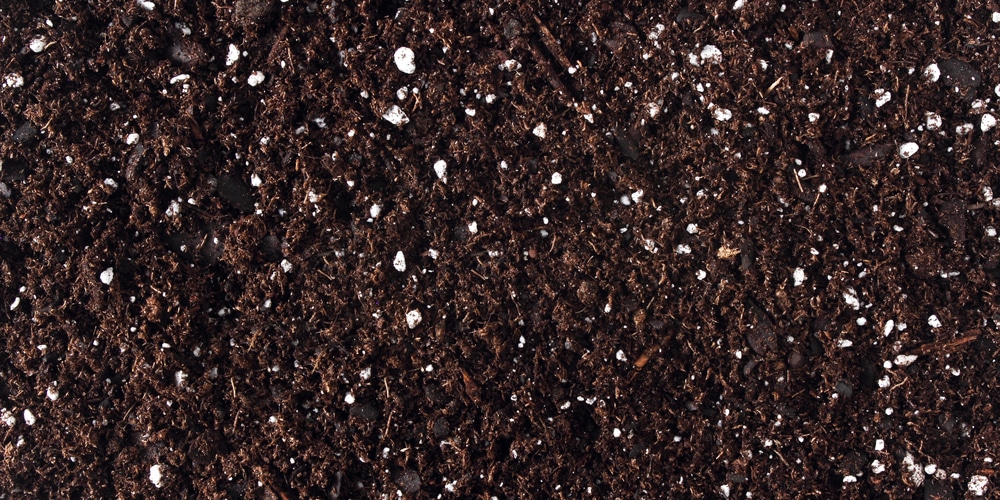Soils rich in organic matter are often considered fertile, but this may not always be the case. In some instances, these soils may be less fertile than those containing lower organic matter. The reasons for this vary but can include inadequate soil pH level, moisture content, or even soil contamination. By understanding why soils high in organic matter may not be as fertile as expected, we can take steps to improve their fertility.
This article will answer the question, ‘why might soils rich in organic matter not be fertile?’
Why might soils rich in organic matter not be fertile?
Several reasons may contribute to this lack of fertility, which will be discussed below.
Soil pH
The pH level is one factor that determines whether or not soils are fertile. Soil pH is a measure of the acidity or alkalinity of the earth. It ranges from 0 to 14, with 6.0 to 7.0 being neutral; below five is considered acidic, and above seven is considered alkaline. While many plants can tolerate slightly acidic or alkaline soil, most plants prefer soil conditions in which the pH level falls within the 6.0 to 7.5 range.
Soils with high levels of organic matter are often more acidic than other types of soil. Depending on the pH level, certain plants may not do as well in these soils and therefore, yields of fruits and vegetables may be lower than expected.
Moisture content
The soil’s ability to hold water can prohibit plants from taking up essential nutrients. Soils that are heavy and compacted have poor drainage. These types of soils will retain too much moisture around plant roots, which will make it difficult for them to access oxygen and nutrients. In the long run, waterlogging can cause root rot.
The lack of oxygen around plant roots will inhibit healthy plant growth and development. Soil should be loose and friable to breathe; this will improve nutrient uptake by plants, leading to higher yields.
Soil contamination
Soil contamination can also lead to lower yields. Soils contaminated by fertilizers, pesticides, or other chemicals will not provide plants with the essential nutrients they need for healthy growth. This is especially true if the soil contains chemical residues from previous growing seasons.
What does healthy soil look like?
Healthy soils contain adequate organic matter. Most gardens have healthy soil if they have been adequately fertilized and can be easily identified by its dark color. Healthy soil also has a sweet or musty smell and a loamy texture.
How to improve the quality of soils that are high in organic matter
Fortunately, some things can be done to improve the fertility of soils high in organic matter. By adding small amounts of certain fertilizers (mainly phosphorus and potassium-based), it is possible to increase nutrient availability. It’s best to do a soil test to determine the pH range of your soil and see whether it’s deficient in any nutrients. Most plants prefer soil with a neutral pH range between 5.0 and 7.0.
Soil tests can be bought from your local garden center, and the results will help you determine which type of soil amendment you require to make your soil more fertile. You can use lawn food or fertilizer for your grass.
Applying fertilizers or organic soil amendments will also provide many other benefits beyond increasing fertility. Fertilizer applications can reduce weed growth and enable plants to tolerate drought conditions better. Adding manure or compost can improve soil structure which will help retain more water and keep it in the root zone where plants need it. Using these techniques allows soils high in organic matter to be much more productive than they may appear to be at first glance.
Conclusion
Soils high in organic matter may not always be as fertile as we expect them to be. A good quality soil will be dark in color, have a neutral pH, and be loamy. It will also contain enough nutrients and micro-organisms for plant growth.


